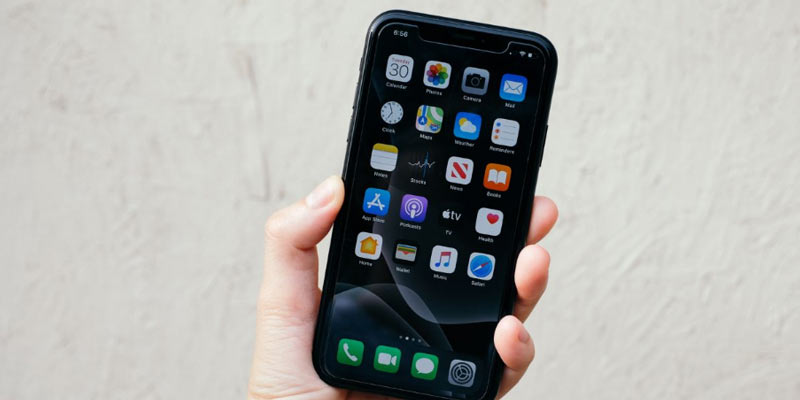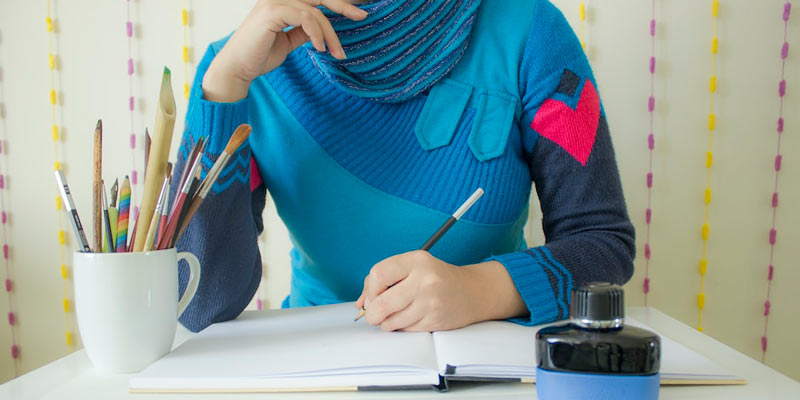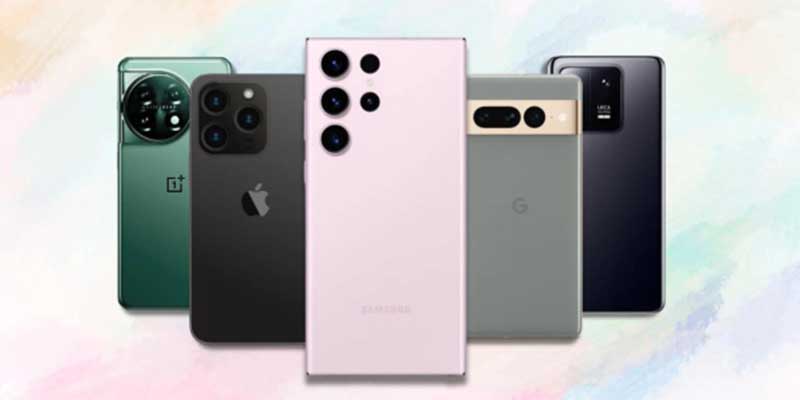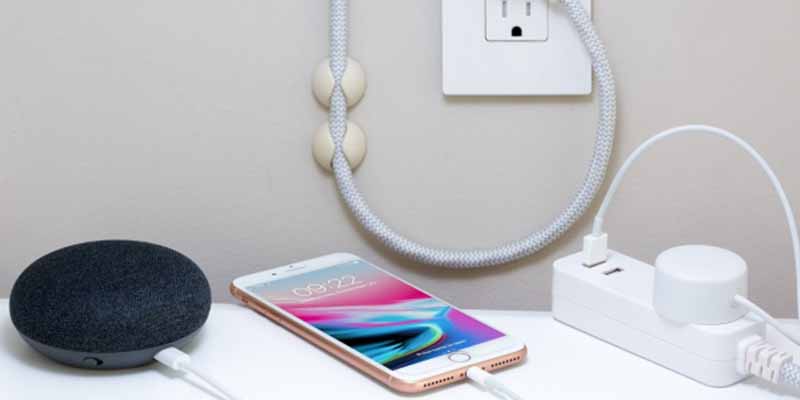In the fast-paced digital era, getting a screen protector for your smartphone is crucial. They have become constant and indispensable companions, serving as our communication hub, entertainment source, and even our workstations. With such heavy reliance on these devices, ensuring their longevity and performance is crucial.
The humble mobile phone screen protector is one simple yet effective solution to safeguard smartphones. Here, we’ll explore why a protector is a must-have accessory for your screen. From its functions to an exploration of the various types of mobile phone films available in the market, you’ll know all the essential details about screen protectors here.
Why Do You Need a Mobile Phone Screen Protector?
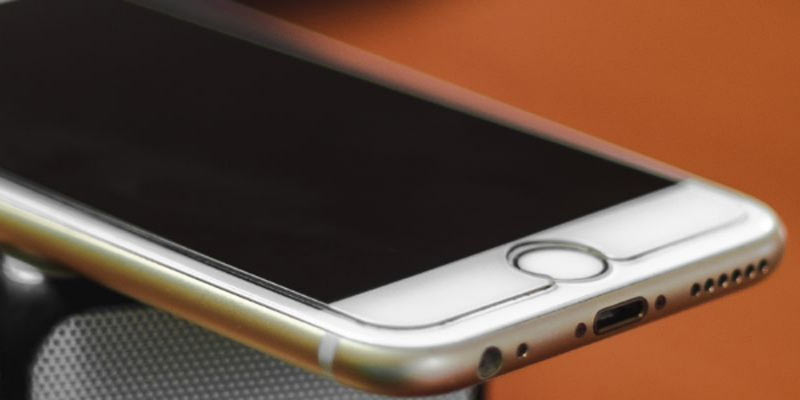
No matter how careful one is with their device, accidents and misfortunes are bound to happen. So mobile phone screen protectors are a very worthwhile investment. The biggest reasons for this are,
Scratch Resistance
A mobile phone screen protector’s primary function as a shield against scratches cannot be overstated. In the relentless environment of our daily lives, our smartphones are exposed to various harmful elements such as keys, coins, and other objects. These can easily damage the pristine surface of a phone screen. The screen protector acts as an invisible shield, absorbing the scratches that would otherwise leave permanent blemishes on the phone screen. This function not only preserves the aesthetic appeal of the device but also maintains the visual integrity of the screen. Thus, your device will have a crystal-clear display even after prolonged use.
The materials used in screen protectors, particularly tempered glass variants, are designed to be exceptionally hard and scratch-resistant. This hardness enables the protector to take the brunt of abrasive encounters, leaving the original phone screen unharmed. The importance of scratch resistance becomes apparent when considering the high replacement cost of smartphone screens. Thus, a relatively inexpensive screen protector is a wise investment in long-term device maintenance.
Impact Protection
Accidental drops are a constant risk when handling a smartphone. The impact force generated during a fall can lead to cracks, chips, or complete screen breakage. The screen protector acts as a crucial defense in such a scenario. It functions as a shock absorber to disperse and absorb the force of impact.
For instance, tempered glass screen protectors are designed with multiple layers. This includes an inner shock-absorbing layer that absorbs and disperses impact energy. This screen protector design reduces the risk of cracks and mitigates potential damage to the underlying screen. The impact protection function extends the lifespan of the smartphone by minimizing the need for costly screen repairs or replacements.
Oleophobic Coating
The oleophobic coating on screen protectors serves a dual purpose, addressing both aesthetic and practical concerns. On an aesthetic level, this specialized coating minimizes fingerprints and smudges on the screen surface. This is a boon for anyone who has experienced the frustration of constantly wiping their smartphone screen to maintain its clarity.
Beyond aesthetics, the oleophobic coating contributes to making the screen easier to clean. The reduced attraction for oils and smudges means that cleaning the screen requires less effort and occurs less frequently. This ensures that smartphone users can interact with their devices without the distraction of constantly obscured screens.
Anti-Glare and Privacy Filter
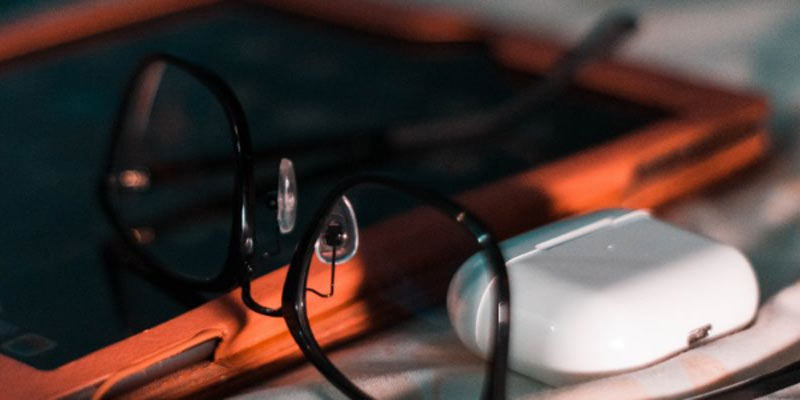
In response to diverse user needs, some screen protectors have additional features like anti-glare coatings or privacy filters. The anti-glare function addresses the common issue of screen visibility in bright or direct sunlight. By reducing reflections and minimizing glare, these protectors enhance screen visibility, allowing users to comfortably use their devices outdoors.
Privacy filters, on the other hand, cater to the growing concern of maintaining confidentiality in public spaces. These filters limit the screen’s viewing angles, ensuring that only the person directly in front of the device can see the content clearly. This adds a layer of security, particularly in situations where privacy is important.
Why Would Someone Choose Not to Put on a Mobile Phone Screen Protector?
Of course, using a screen protector for your smartphone is completely optional. Thus, many people choose not to use such protectors. The main reasons for this are,
Aesthetic Preferences
For some smartphone users, deciding not to use a screen protector is purely an aesthetic choice. Some individuals appreciate their smartphone screens’ sleek design and feel in their pristine state and believe that adding a screen protector reduces the aesthetic appeal. Some are also concerned that these protectors might reduce the clarity of a device’s glass surface.
However, it’s crucial to note that modern screen protectors are designed with these concerns in mind. Manufacturers have responded to the demand for discreet protection by producing increasingly thin, transparent, and precisely cut protectors.
Confidence in Device Handling
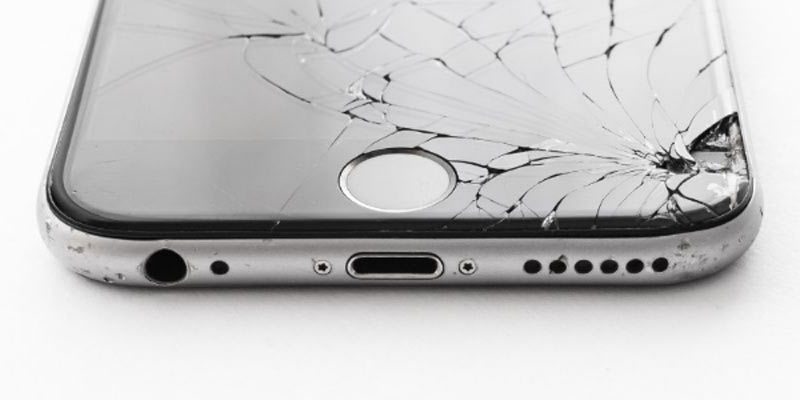
Some users who are exceptionally careful with their devices may place faith in their confidence in device handling rather than a screen protector. Individuals aware of avoiding dropping or scratching their phones might feel additional protection is unnecessary.
While this confidence is admirable, it’s important to know that accidents can happen even to the most careful users. Unforeseen circumstances, such as a sudden slip, can lead to accidental drops or exposure to abrasive surfaces.
Budget Constraints
Some individuals may choose not to invest in a screen protector due to budget constraints. Generally, screen protectors are more affordable than the potential cost of repairing or replacing a damaged smartphone screen. But, individuals on tight budgets may prioritize other essential expenses.
However, it’s essential to view the cost of a screen protector as a preventive measure rather than an extra expense. The relatively small investment in a screen protector can significantly extend the lifespan of a smartphone by protecting against external damage that might require costly repairs.
Reassurance in the Manufacturer’s Screen Technology
Some users may choose not to use a screen protector based on the reassurance they feel in the durability and strength of the manufacturer’s screen technology. For instance, smartphones from manufacturers like Huawei often come equipped with advanced screen technologies such as Kunlun glass. Similarly, many devices feature Corning Gorilla Glass, known for its robustness and scratch resistance.
What types of mobile phone films are there now? Introduce the features and functions, respectively.
There are many types of phone screen protectors designed to cater to every user’s individual needs. They are,
Tempered Glass Screen Protectors
Tempered glass protectors are renowned for their exceptional hardness, providing robust scratch resistance against everyday objects. They act as a first line of defense against abrasive materials and are designed to absorb and disperse impact energy. Thus, it offers superior protection against accidental drops or impacts, reducing the risk of cracks or breakage.
It is easy to install and maintain and often comes with rounded edges, ensuring a seamless fit with the smartphone screen. This design enhances the aesthetics and minimizes the risk of chipping along the edges.
PET Film Protectors:
PET film is a specialized plastic screen protector. They are lightweight and flexible, offering a basic level of scratch resistance. While they may not provide the same level of durability as tempered glass, they still act as a protective barrier against daily wear and tear. One of the key advantages of PET film protectors is their affordability. Users on a budget can still benefit from a protective layer without breaking the bank. This makes them a practical choice for individuals who prioritize cost-effectiveness.
TPU Film Protectors
Thermoplastic polyurethane (TPU) film protectors are known for their self-healing properties. While they may not offer the same hardness level as tempered glass, TPU can reduce the visibility of minor scratches over time, maintaining a clearer screen. These screen protectors are flexible and easy to apply, ensuring a snug fit and ease of installation. This makes them accessible to users who prefer a hassle-free application process.
Privacy Screen Protectors:
Privacy screen protectors go beyond basic protection by limiting the screen’s viewing angles. This ensures that only the person in front of the device can see the content clearly. Many privacy screen protectors also possess anti-glare properties, reducing reflections and minimizing glare. This enhances privacy and improves screen visibility in various lighting conditions.
Anti-Glare Screen Protectors
Anti-glare protectors are specifically designed to reduce reflections and minimize glare on the screen. This makes it easier for users to use their phones in bright sunlight or under various lighting conditions, enhancing the overall viewing experience. This is particularly beneficial for users who spend extended periods on their smartphones, such as reading or watching videos.
Conclusion
A mobile phone screen protector is a crucial accessory that goes beyond simple aesthetics. It serves as a guardian for your smartphone, protecting it from the rigors of everyday use and potential accidents. Whether you opt for a tempered glass protector for maximum durability or a PET film for a more budget-friendly solution, it ultimately contributes to the longevity and performance of your device. While some may choose to forgo this extra layer, the benefits of enhanced protection, scratch resistance, and improved screen clarity make it a wise investment. As technology progresses, we can expect many more innovative solutions and advanced screen protectors to keep our devices safe and sound.
